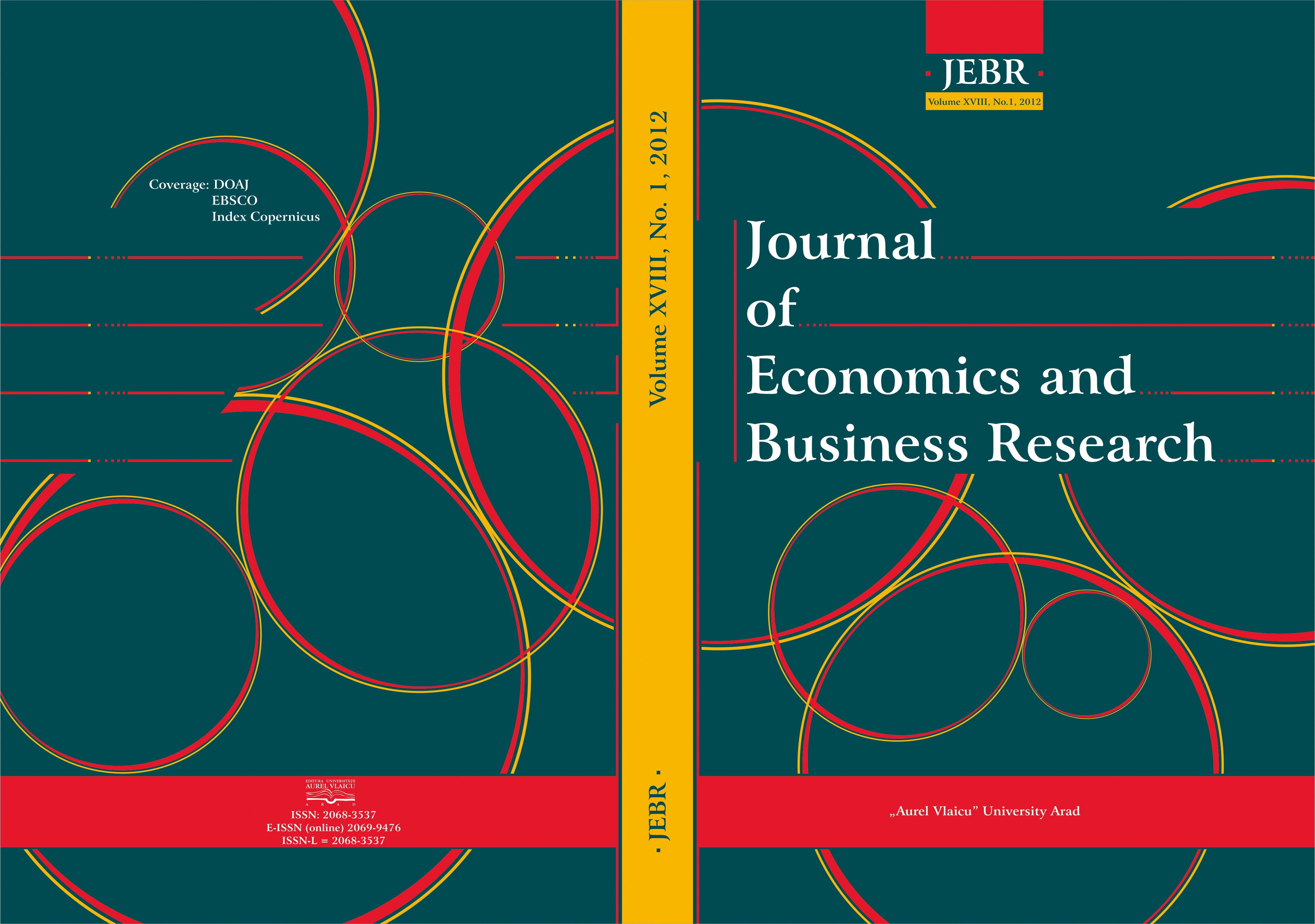Cointegration Analysis of the Economic Growth, Military Expenditure, and External Debt: Evidence from Pakistan
Cointegration Analysis of the Economic Growth, Military Expenditure, and External Debt: Evidence from Pakistan
Author(s): Khalid Zaman, Iqtidar Ali Shah, Muhammad Mushtaq Khan, Mehboob AhmadSubject(s): Economy
Published by: Editura Universității Aurel Vlaicu
Keywords: military expenditure; external debt; national income; cointegration; impulse response function; Pakistan
Summary/Abstract: This paper attempts to examine the relationship between real military spending (RME), level of economic activity (RGNP), and real external debt (RED) by using a Johansen multivariate cointegration framework. The analysis is carried out using time series data over 1980-2008 The study investigates the long-run effects and short-run dynamics of the effect of rise in RGNP and RME on RED Pakistan. The quantitative evidence shows that external debt is more elastic with respect to military expenditure in the long run, whereas, there has been insignificant effect in the short-run. In the long-run, 1.00% increase in military expenditure leads to an increase in external debt by almost 3.96%. On the other hand, 1.00% increases in economic growth decreases external debt by 2.13%. In the short run, 1.00% increase in economic growth reduces external debt by 2.90%. The results presented in this study reinforce the importance to government, academic, and policy makers
Journal: Journal of Economics and Business Research
- Issue Year: 18/2012
- Issue No: 1
- Page Range: 91-117
- Page Count: 27
- Language: English

